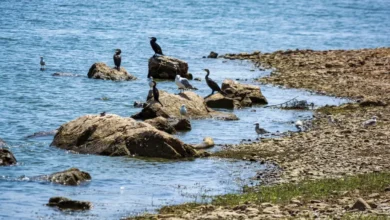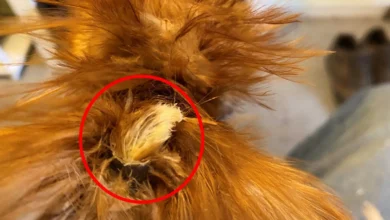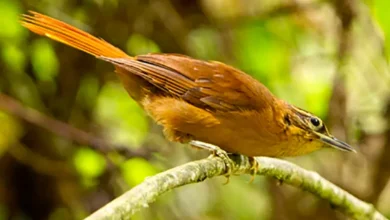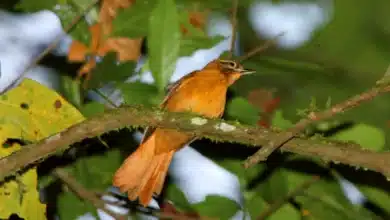Introduction
The Parakeet Auklet (Aethia psittacula) is a small seabird belonging to the Alcidae family, known for its distinctive appearance and intriguing behaviors. These birds are primarily found in the northern Pacific Ocean, and their range includes the coasts and islands of Alaska, Siberia, and the Aleutian Archipelago. This article delves into the taxonomy, physical characteristics, habitat, behavior, diet, breeding, conservation status, and cultural significance of the Parakeet Auklet.
Taxonomy and Classification
- Kingdom: Animalia
- Phylum: Chordata
- Class: Aves
- Order: Charadriiformes
- Family: Alcidae
- Genus: Aethia
- Species: A. psittacula
The Parakeet Auklet was first described by Pallas in 1769. Its scientific name, Aethia psittacula, reflects its parrot-like beak, with “psittacula” being Latin for “little parrot.”
Physical Characteristics
Parakeet Auklets are small, stocky birds with a body length of about 23 cm (9 inches) and a wingspan of approximately 34-36 cm (13-14 inches). They weigh between 200 to 300 grams (7 to 10 ounces). Their most distinctive feature is the bright orange, curved beak, which resembles that of a parrot.
- Plumage: Their plumage is mostly black or dark brown on the back and wings, with a contrasting white underbelly. During the breeding season, a white plume extends backward from the eye.
- Eyes: They have striking pale blue eyes, which are a key identification marker.
- Legs and Feet: Their legs and feet are a dark blue-gray, adapted for their aquatic lifestyle.
Habitat and Distribution
Parakeet Auklets are pelagic outside the breeding season, meaning they spend much of their time in the open ocean. During the breeding season, they are found on rocky coasts and islands. Their range extends from the Sea of Okhotsk and the Bering Sea to the Aleutian Islands and southern Alaska. These birds prefer nesting on steep cliffs and rocky crevices, which offer protection from predators.
Behavior and Diet
- Feeding: Parakeet Auklets are primarily planktivorous, feeding on small marine invertebrates such as crustaceans (copepods, amphipods) and occasionally small fish and squid. They forage by diving underwater, using their wings to propel themselves.
- Social Structure: Outside the breeding season, they are generally solitary but can be seen in flocks during migration. They are known for their agility in flight and on water, often seen diving and swimming with great efficiency.
Breeding and Nesting
Breeding takes place from May to July. Parakeet Auklets are monogamous and return to the same nesting sites each year.
- Nesting Sites: They nest in crevices or burrows on rocky cliffs.
- Eggs: The female lays a single egg, which both parents incubate for about a month.
- Chick Rearing: After hatching, the chick is fed by both parents and fledges after approximately 35-40 days. Parental care continues until the chick is capable of independent foraging.
Conservation Status
The Parakeet Auklet is currently listed as “Least Concern” by the International Union for Conservation of Nature (IUCN). However, their populations are vulnerable to threats such as oil spills, climate change, and introduced predators (rats and foxes) on nesting islands. Conservation efforts focus on monitoring populations, protecting nesting habitats, and mitigating human-induced threats.
Cultural Significance
In native Alaskan cultures, seabirds like the Parakeet Auklet hold significant cultural value. They are often featured in folklore and are considered indicators of ocean health. Additionally, these birds are occasionally used in traditional clothing and ornamentation.
Conclusion
The Parakeet Auklet is a fascinating seabird with unique adaptations and behaviors. Its striking appearance, particularly its parrot-like beak, and its resilient nature in the harsh northern Pacific environment make it an interesting subject of study for ornithologists and bird enthusiasts alike. Conservation efforts remain crucial to ensure the continued survival of this species in a rapidly changing world.



